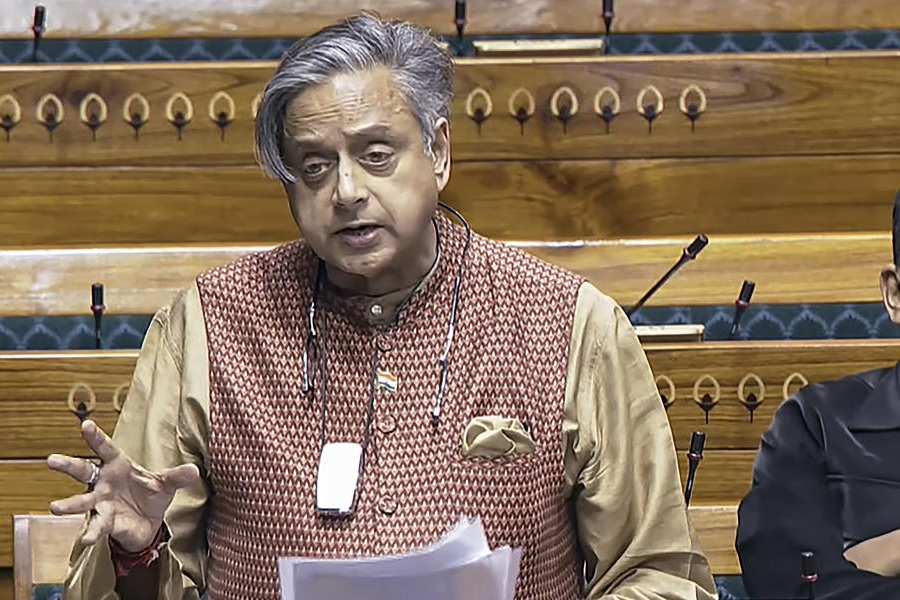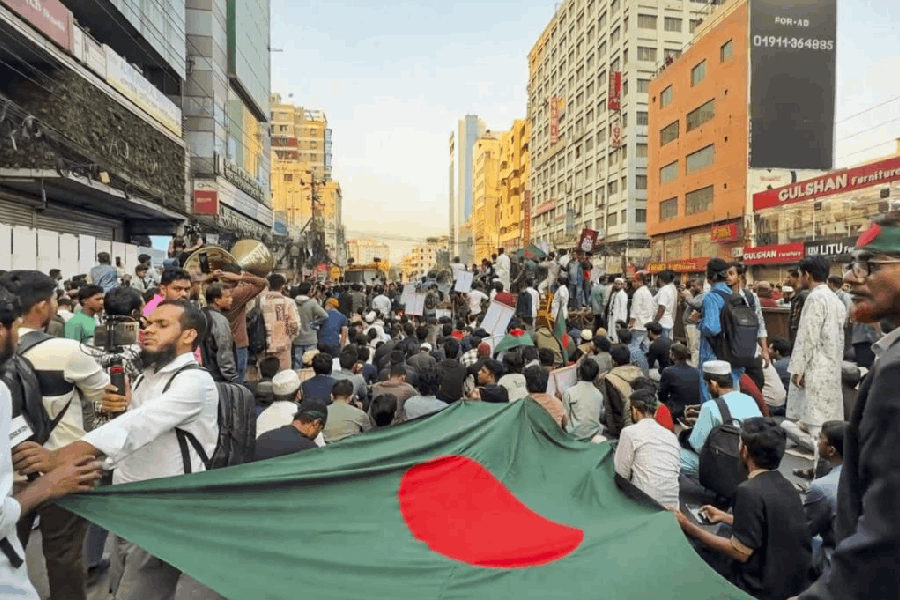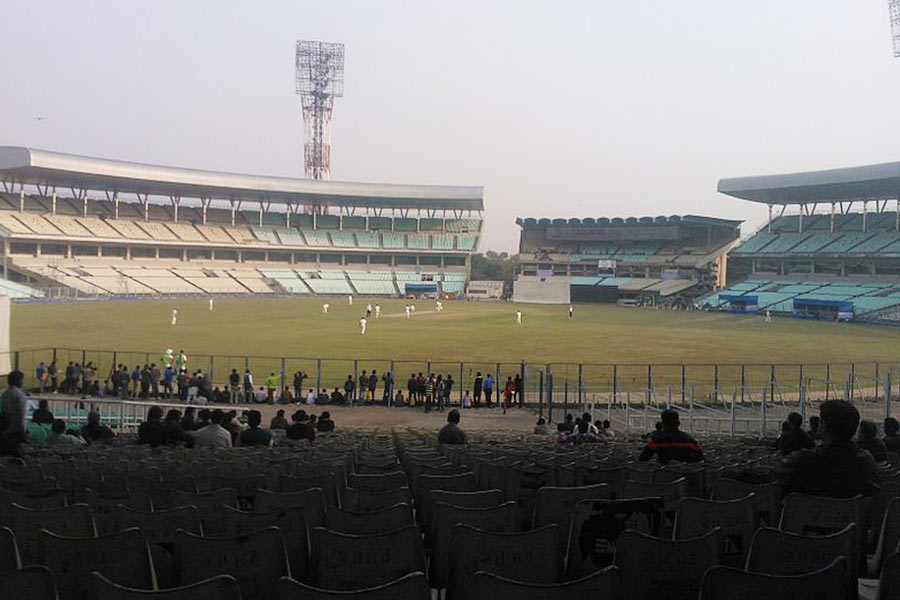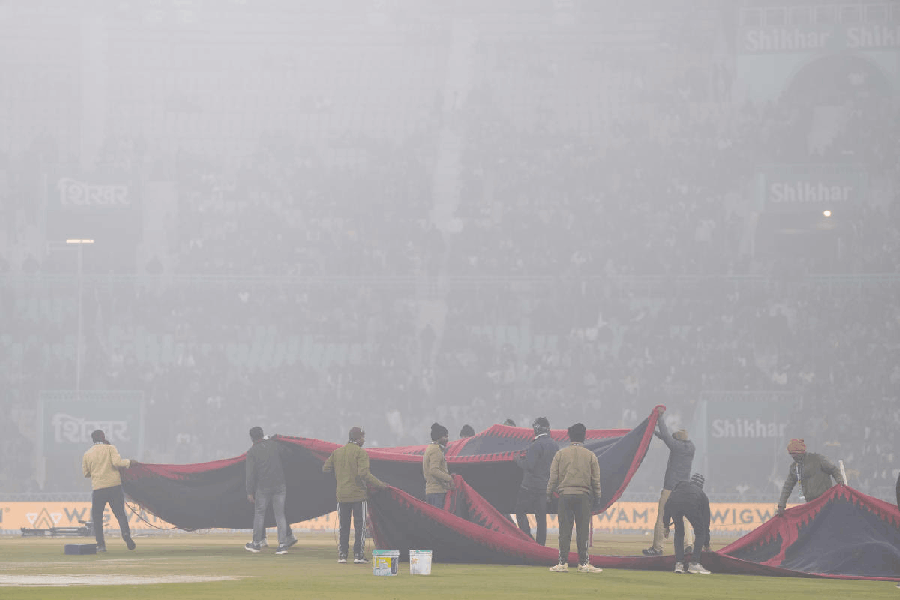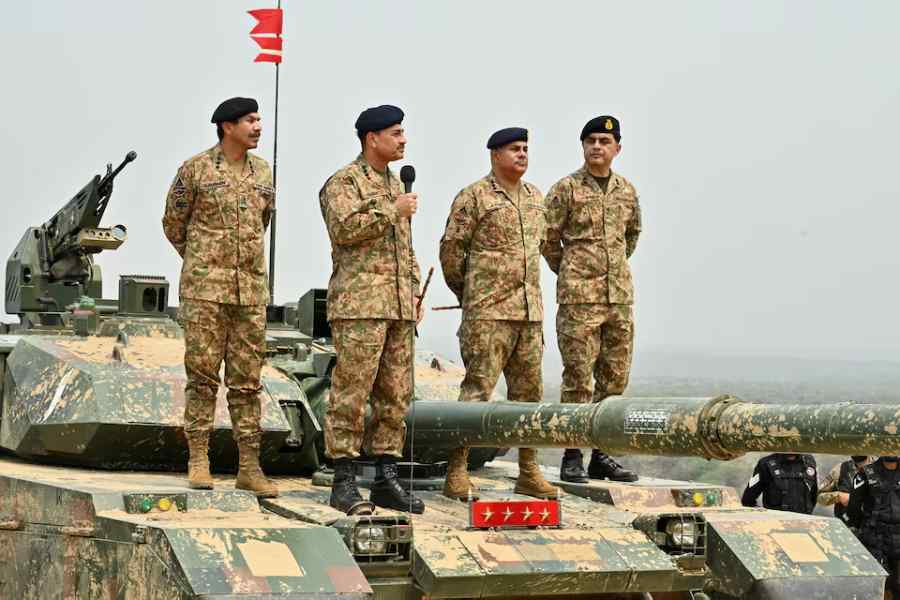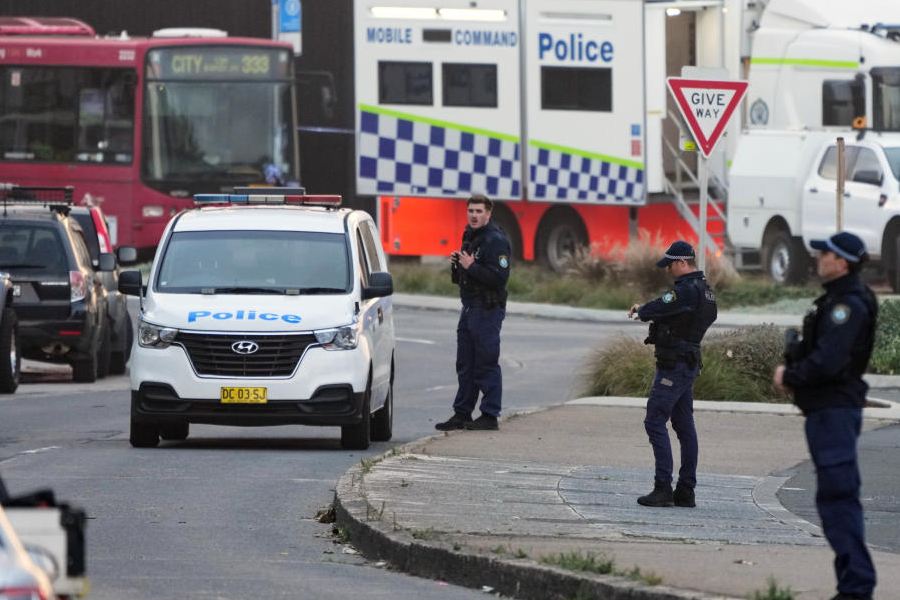New Delhi, April 26: Teetering on a precipice, the helipad looked like it was about to cave in.
An Indian Air Force helicopter flying from Kathmandu circled twice above the helipad at Dhuncha, 50km north of Kathmandu, this afternoon. There were villagers at Dhuncha wanting to be evacuated. Fresh tremors had loosened the earth and the helipad itself was cracked.
The Indian pilots, with another from the Nepal Army to guide them, decided the helipad may not be able to take the weight of their machine. But down they went, hesitantly and hovered inches above the ground, taking in passengers one by one before flying to safety.
As the IAF and the Indian Army fan out with other rescuers, medical teams, salvagers and caregivers across the Himalayan republic, the magnitude of the disaster and the risks involved in the rescue are gradually beginning to dawn. Tens of thousands of people were in or were headed to Tribhuvan International Airport in Kathmandu this afternoon where a glut of military and commercial planes created congestion.
The toll in the quakes in Nepal since yesterday was estimated to have crossed 2,400 by 7 this evening. An exact count of the number of Indians in Nepal is being "ruled out", largely because of the freedom of movement that citizens of either country have.
The Indian Army, that is calling its effort in Nepal "Operation Maitri", today pumped troops, equipment and helicopters into Nepal with the army chief, General Dalbir Singh, himself a Gorkha Rifles regiment officer, calling his counterpart General S.J.B. Rana in the morning and offering assistance. Two major generals have been posted to Pokhara and Kathmandu each to coordinate the effort. The Indian and Nepal army chiefs are also honorary chiefs of one another's armies.
A multi-national coordination centre has been set up with a branch headquarters in Pokhara.
Army sources said six of 18 medical teams that have been tasked to help with the relief efforts in Nepal have been deployed. Rain and thunderstorms that forced closure of Kathmandu airport for about four hours in the afternoon delayed deployment. The army is also sending 10 engineer task forces with machinery to clear roads and debris.
The troops have taken along with them 10,000 blankets and 1,000 tents are on standby.
The army and the air force have also forward-deployed helicopters and planes to Gorakhpur and Bareilly.
On a special request from the Nepal government because of problems in the Kathmandu Oxygen plant, the army has been asked to take cylinders of the life-giving gas for distribution.
An Indian Army Everest Expedition that survived two avalanches at the base camp had till today extricated the bodies of 19 climbers of different nationalities and rescued 61 mountaineers. The army team has lost almost all its equipment in the avalanches.
The army said it was coordinating efforts with former soldiers - of the Gorkha regiments in the Indian Army - "for guidance, relief and rescue".
IAF helicopters that have been moved to Kathmandu and Pokhara have flown 37 sorties over 23 hours since yesterday, defence spokesperson Sitanshu Kar said.
The helicopters have evacuated 203 people. Fixed-wing aircraft of the IAF have flown back more than 1,100 people from Kathmandu to airports in India.


